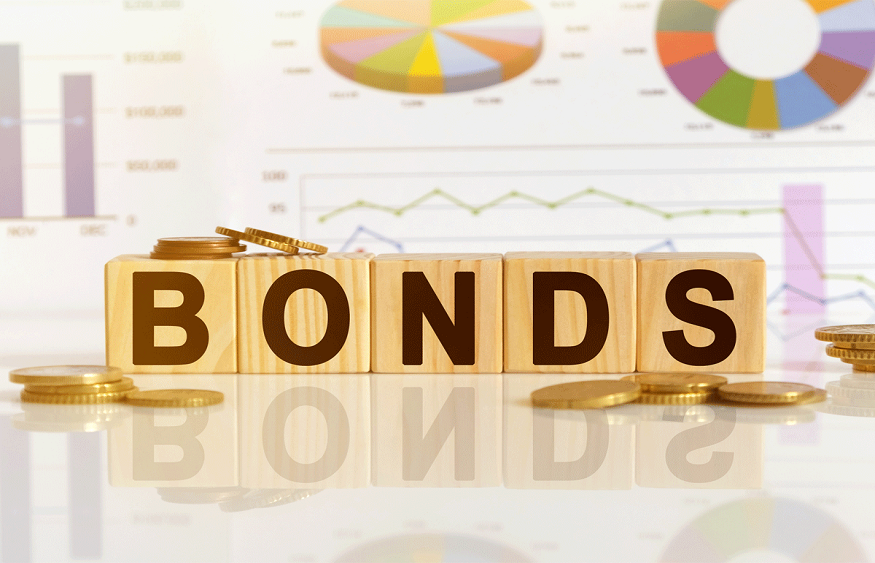Much like its name suggests, bond ETFs are passive funds that are traded on the exchange and invest in bonds much like conventional bond mutual funds. However, Kavan Choksi points out that unlike traditional open-ended bond mutual funds, bond ETFs trade on the exchange throughout. They also have a much lower cost in comparison to actively managed funds, and hence can be the perfect addition to the investor portfolio. Like equity ETFs, bond ETFs also track the index closely and enable investors to purchase or sell while investing in fixed income securities.
Kavan Choksi mentions why adding bond ETFs to the investment portfolio is a better idea than buying Bonds and Bond Mutual Funds
From the point of view of the investors, bonds, bond mutual funds, and bond ETFs are three products that look quite similar, but all of them have distinctive features. Bond ETFs especially have three key advantages that are important to investors- low expense, transparency and liquidity. Therefore, many investors today try to have some allocation of bond ETFs in their portfolio.
Structural issues in the bond markets can make trading bonds inconvenient for many retail investors. Bond ETFs, on the other hand, facilitate low-cost bond exposure without structural challenges like liquidity and price transparency. Bond ETFs are known to provide liquidity in two ways, through exchange and directly via the asset management company. While retail investors can transact in ETFs only on the exchange, they may also choose to transact directly through the asset management company in multiples of a pre-defined basket size
Kavan Choksi underlines that bond ETFs offer easy access to a diversified bond portfolio in a manner way more transparent than Bond Mutual Funds. Being an ETF, there is a level of transparency of holdings in such funds, as they are disclosed on a daily basis, unlike bond mutual funds, where the portfolio tends to be disclosed once a month. Bond ETFs additionally offer live prices that are quoted on the exchange following every trade, and enable investors to know the fair value of the portfolio during the day. In certain markets, bond trading, especially in regard to corporate bonds, can get complicated. The trade may take place via a fragmented dealer network, and trade reporting occurs with a delay, making pricing difficult in bonds. As Bond ETFs are traded on the exchange, they do not have to deal with any such drawbacks. Investors can easily find accurate, real-time information about bond ETFs.
As bond ETFs maintain a passive investing strategy by following an index, they usually have much lower costs as opposed to traditional actively managed Bond Mutual Funds. On a global basis, bond ETFs have expense ratios in the range of 10 to 20 bps compared to 30 to 50 bps in the case of actively managed Bond Mutual Funds.
On the whole, bond ETFs combine the best of both, bond mutual funds and bonds. While they comprise the same underlying bonds, the aspect of exchange tradability makes Bond ETFs a smarter addition to the investor portfolio in many ways.

